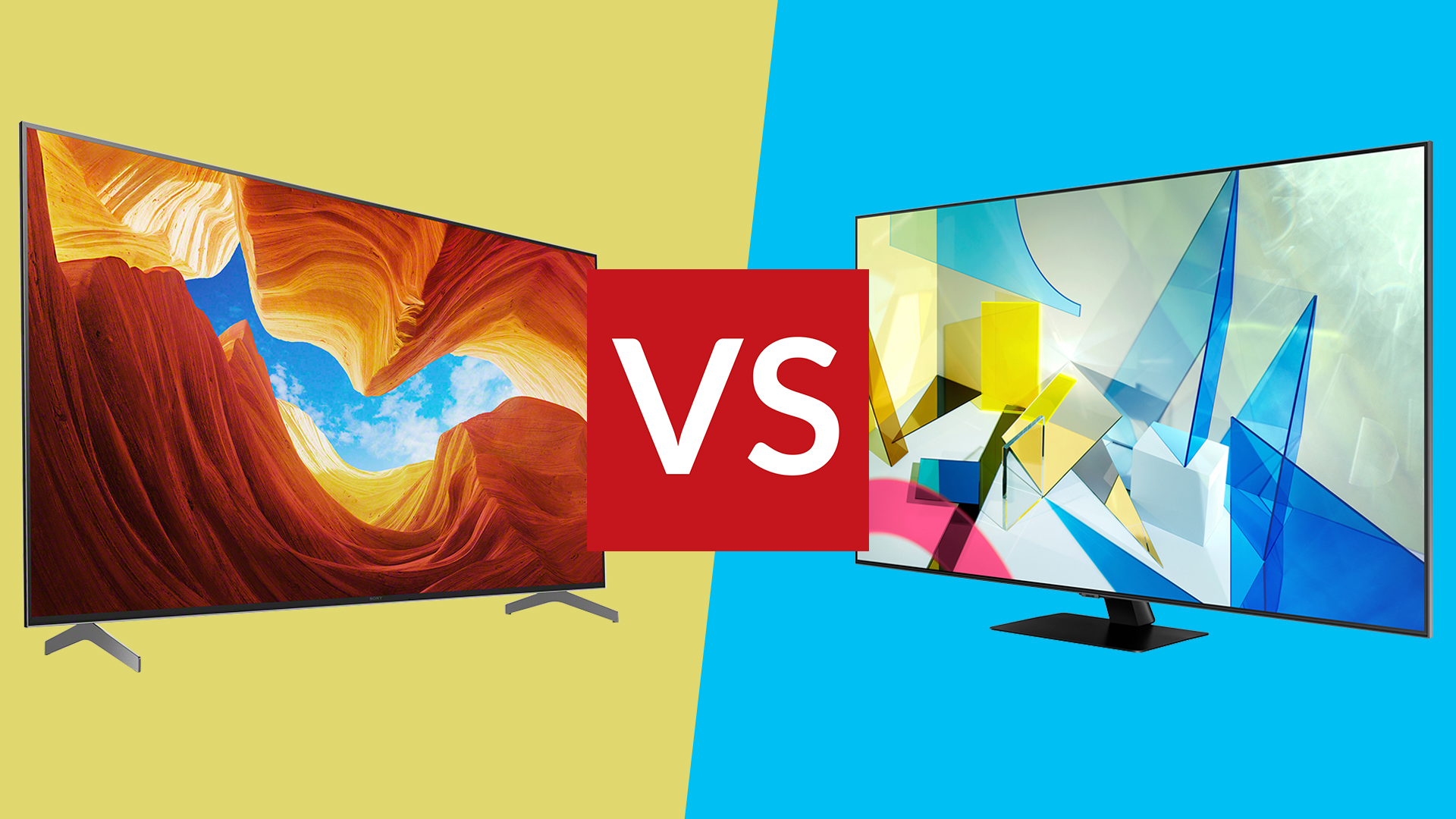
The Sony XH90 (UK)/X900H (US) and Samsung Q80T are both excellent gaming TVs for anyone looking to pay a more mid-range price - you don't need to splash out on a premium flagship model when these are two of the best gaming TVs.
You can expect high-quality 4K 120fps gaming from both of these sets, and they'll be particularly well suited to next-gen gaming on PlayStation 5 and Xbox Series X - but there's way more to these TVs than just advanced HDMI functionality.
The Samsung Q80T is an upper mid-range QLED TV, blessed with the majority of the features that distinguish Samsung’s high-end TV models, but for a very reasonable price. It gives you the full array backlight you need for the best LCD HDR performance and comes with extra niceties like OST (Object Sound TrackIng) audio and a Tizen-powered smart platform. Here's our full Samsung Q80T review.
Similarly, the Sony X90H/X900H also offers a full array backlight, aided by Sony’s superbly naturalistic image processing and renowned motion handling, and bolstered by Android TV smarts. Here's our Sony XH90/X900H review.
They're two of the best TVs overall, and the XH90/X900H appears in our lists of the best TVs under £1000 and best TVs under $1000. A cursory glance suggests there’s little to separate them, so let's get into what you need to know.
Sony XH90 vs Samsung Q80T: Price
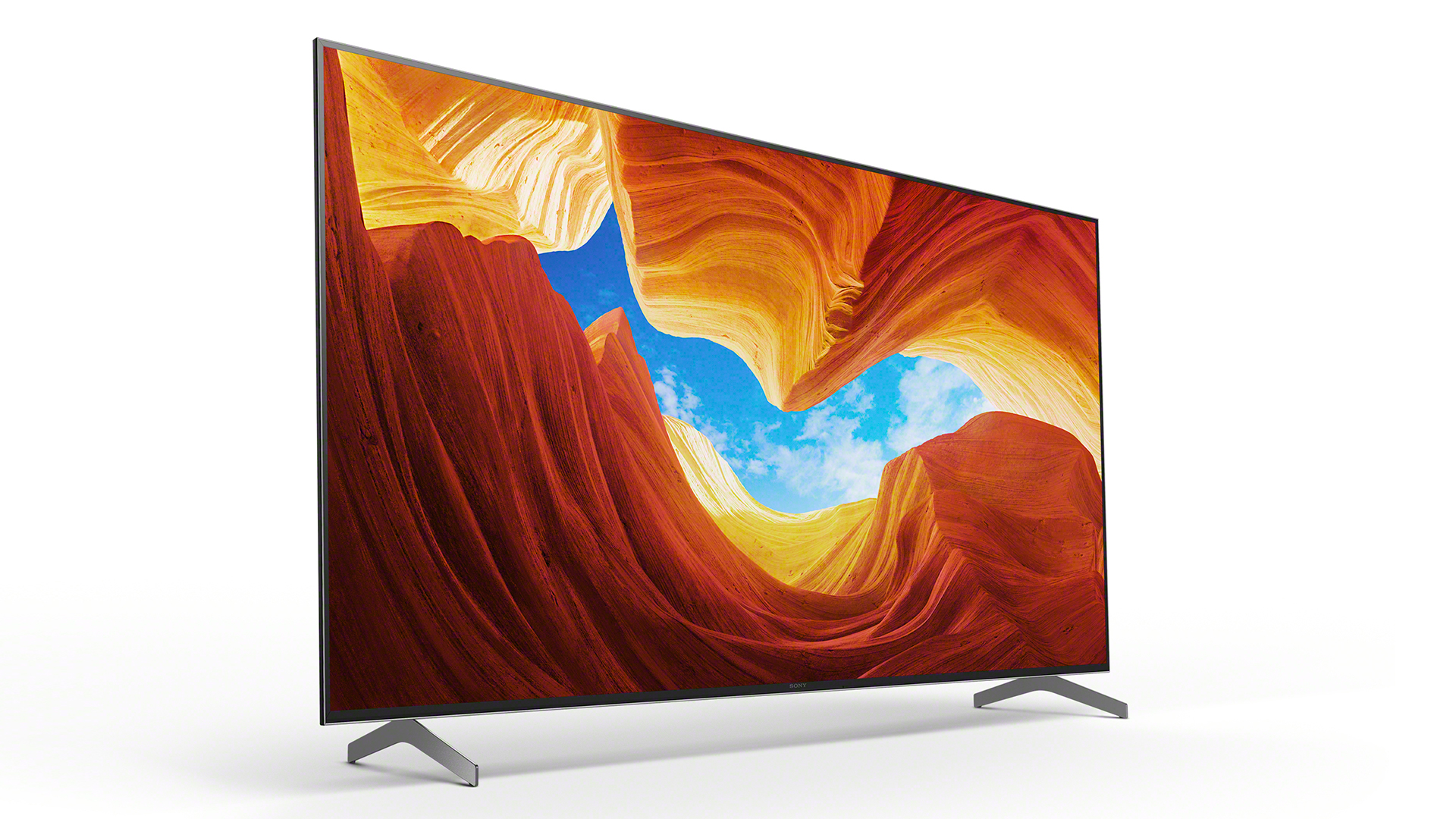
The Sony XH90/X900H.
It's worth knowing that these TVs are available with discounts pretty much all the time these days, and the Sony tends to have the lower price as a matter of course. You can find all the current lowest prices for both models just below.
At the original time of writing, in the UK, the Samsung Q80T was available in 49-, 55-, 65-, 75- and 85-inch screen sizes (QE49Q80T, QE44Q80T, QE65Q80T, QE75Q80T and QE85Q80T), officially priced at £1,099, £1,199, £1,799, £2,299 and £2,999 respectively. Note that the 49-inch version doesn't have the same HDMI 2.1 gaming connectivity as the other models do, though, so it's actually not such a strong contender.
Sign up to the T3 newsletter for smarter living straight to your inbox
Get all the latest news, reviews, deals and buying guides on gorgeous tech, home and active products from the T3 experts
In the US, the Q80T range started at 50-inches, and prices run US$999, US$1,200, US$1,700, US$2,600, and US$ 3,800. In Australia, the Q80T line-up consists of 55-, 65-, 75- and 85-inch models, priced at AUS$2,199, AUS$2,799, AUS$4,199 and AUS$6,199.
Sony’s XH90 range covers 55-, 65-, 75- and 85-inch screen sizes (KD-55XH9005, KD-65XH9005, KD-75XH9005,KD-85XH9005), and is priced at £1,149, £1299, £1899 and £2799 respectively.
In Australia, you can expect to pay AUS$1695, AUS$2495, AUS$3495, and AUS$4995 for the 55-, 65-, 75- and 85-inch models.
Stateside, the range is known as the X900H, and covers the same screen sizes (XBR-55X900H, XBR-65X900H, XBR-75X900H, XBR-85X900H). Prices run US$1,000, US$1,400, US$2000, US$2600.
Sony XH90 vs Samsung Q80T: Design and connectivity
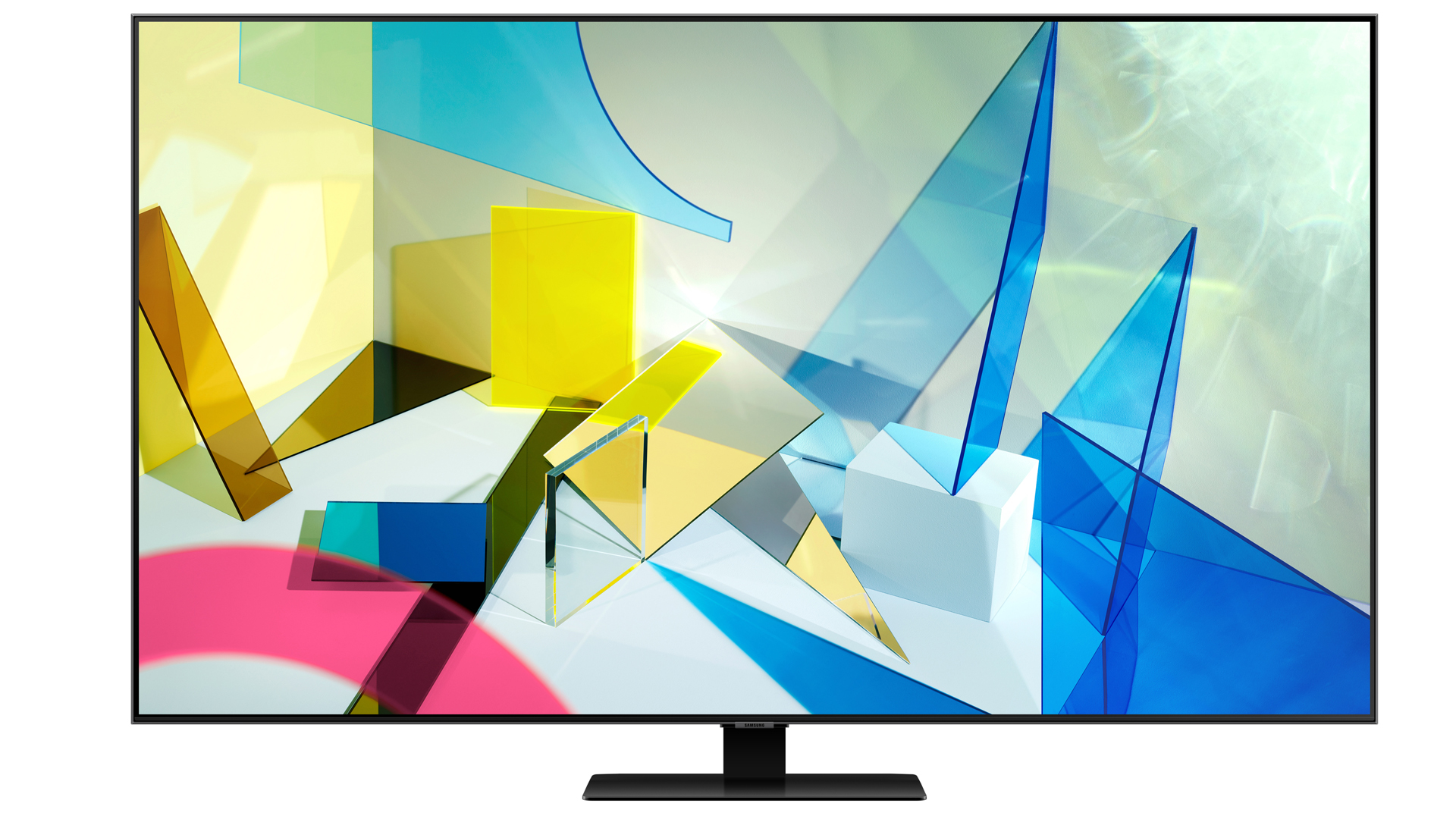
The Samsung Q80T.
Both Sony and Samsung sets embrace a smart minimalist design, and are distinguished mainly by footwear. The Sony XH90 has a thin aluminium trim with wide edge-spaced metal feet, while the Q80T uses a more conventional central foot.
Picking on the 55-incher, the Samsung is actually the slimmer of the two, at 59.3mm deep, compared to 70mm on the Sony. The finish isn’t quite as nice as the Sony, though.
Connectivity is roughly comparable. The Q80T sports four HDMIs, with advanced HDMI 2.1 connectivity in the form of 4K 120Hz support (on one input), VRR (Variable Refresh Rate) and ALLM (Auto Low Latency Mode) game modes, eARC for lossless audio passthrough, plus FreeSync support for PC AMD gamers. There’s also a digital optical audio output, Ethernet and Bluetooth.
The Sony also sports four HDMI inputs, one with eARC, plus two USBs, Ethernet, a digital optical output and Bluetooth. An update added 4K 120Hz support to two of the HDMI inputs, and a second update promises to add Variable Refresh Rate and Auto Low Latency compliance too. Fo those looking buy both next-gen consoles, having two ports with HDMI 2.1 features will be essential.
So design and connectivity favour Sony.
The Samsung ships with two remote controls, one simplified the other more conventional. Sony just offers the one.
When it comes to catch-up TV and streaming apps, there’s precious little between the brands. On the Q80T you’ll find all the familiar channel players, plus Netflix, Prime Video, Apple TV, Rakuten TV, Disney+, YouTube and more, as well as Samsung’s own Samsung Plus TV channel collection.
Sony runs Android 9.0, which again is packed with streaming services – in terms of support for services, there's little to choose between them.
Aside from Chromecast and Google Play, though, the Sony's smart platform doesn’t go the extra mile. There’s no Samsung Plus-style TV channel offering, and it lacks tricks like Ambient mode, and support for SmartThings home automation.
So the needle swings back to Samsung in that regard.
Sony XH90 vs Samsung Q80T: Picture and sound performance
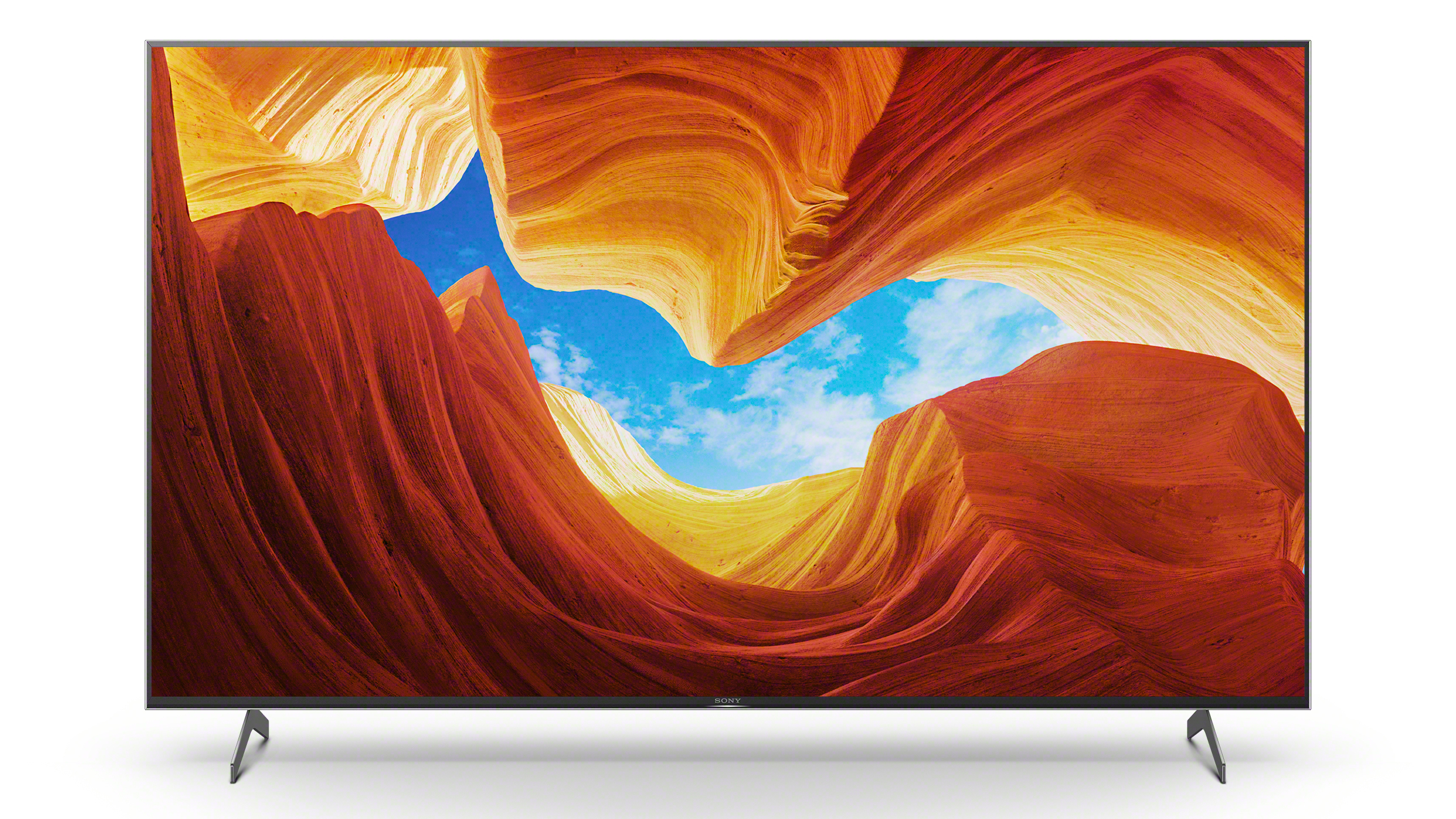
The Sony XH90.
The Sony XH90 appears outgunned when it comes to image processing, not least because it runs a non-smart image processor. Behind the screen you’ll find the brand’s vanilla-flavoured X1 chip, lifted by Sony’s 4K X-Reality PRO enhancement suite.
But that’s not to say its images don't impress. Sony’s Object-based HDR remastering always does a terrific job presenting regular HD SDR content with extra punch, and film fans will also appreciate that HDR support covers Dolby Vision, as well as regular HDR and HLG. Dolby Vision allows the set to maximise its HDR performance with comptible content, which is found on Netflix, Disney+ and Apple TV.
Conversely, the Samsung Q80T snubs Dolby Vision in favour of HDR10+, an equivalent technology, but on that holds far less appeal because of less widespread use – only Amazon Prime Video has some content that supports it. However Samsung’s 4K Quantum image processor is more powerful, with a more aggressive approach to upscaling non-4K content.
Sonically, they’re very evenly matched, both offering enhanced audio.
The Samsung screen utilises OTS (Object Tracking Sound), which complements downward firing stereo drivers with additional speakers placed top left and right rear. Audio output is rated at 60W.
The XH90 features Sony’s Acoustic Multi Audio system – at least it does from the 65-inch model up. Much like the Samsung proposition, it combines downward firing drivers with two tweeters up top. Proprietary processing then creates a wall of sound. Power output is 20W.
Only the Sony will decode Dolby Atmos, but the Samsung can still pass it on over HDMI to a compatible soundbar or home cinema system.
When it comes to gaming, Samsung has an edge with two Game modes. Game Motion Plus keeps some motion processing engaged, but still manages an input lag of just 19.7ms (1080/60). In its stripped down Game mode, image lag drops to 8.7ms. Sony has a dedicated game mode, offering an input lag of 15ms (1080/60).
Sony XH90 vs Samsung Q80T: Verdict

The Samsung Q80T.
It’s clear that both the Sony XH90 and Samsung Q80T are enviably endowed. Either can be considered a premium buy, and neither disappoint. Right now, if you want the best gaming for a single console, or you feel the call of advanced smart TV functionality, then the Samsung should probably be the first set you audition.
However, if you’re primarily looking for a home cinema screen, then Sony, with its more naturalistic image processing and the provision of Dolby Vision, should be your first choice. Its two HDMI 2.1 ports also make it a little more future proofed. And it's the cheaper option currently of two TVs that are extremely evenly matched otherwise.
For over 25 years, Steve has been casting his keen eyes and ears over the best that the world of TV and audio has to offer. He was the creator of Home Cinema Choice magazine, and contributes to huge range of technology, home and music titles along with T3, including TechRadar, Louder, Ideal Home, the i newspaper, and more.
-
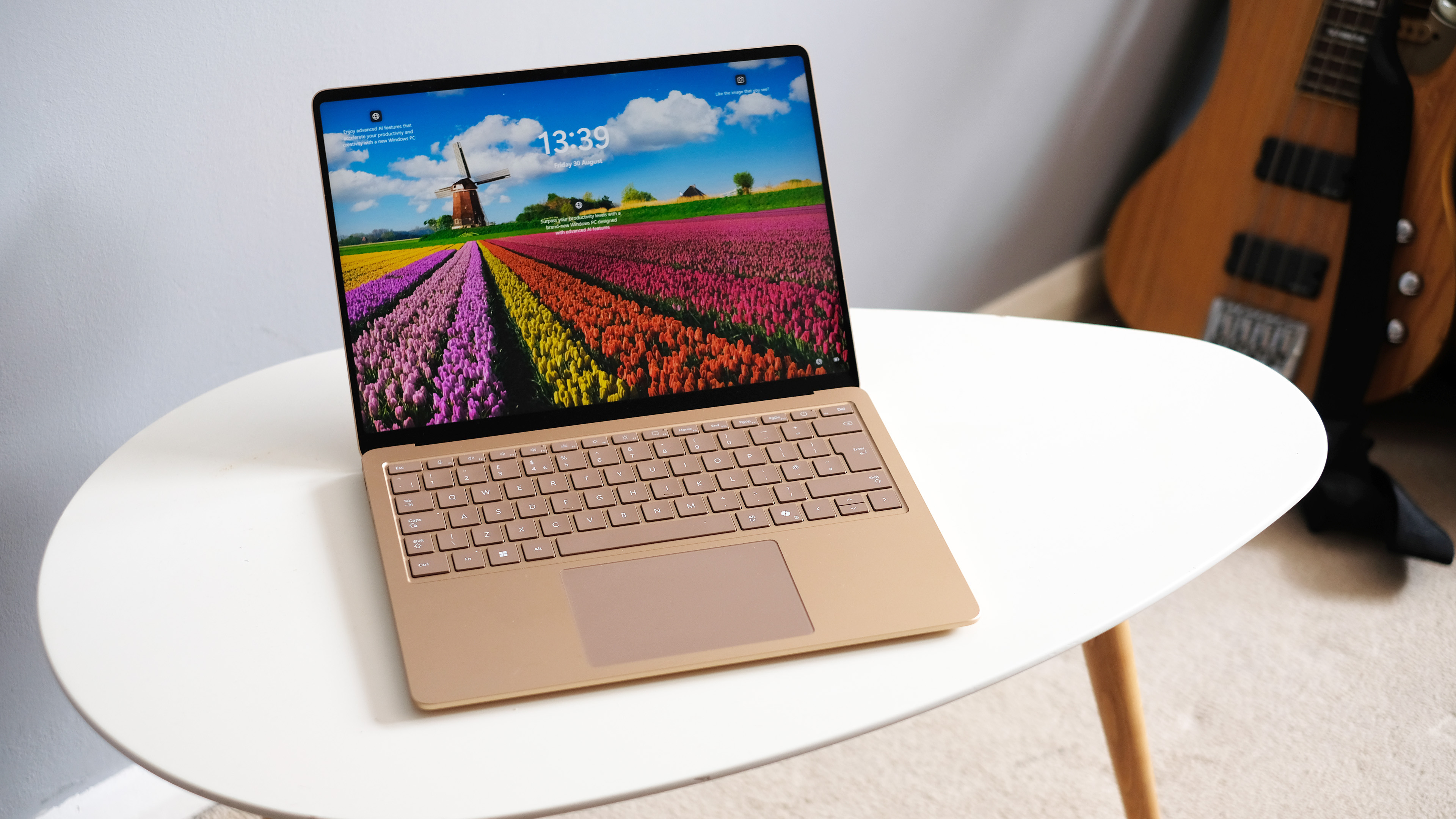 I tried a Snapdragon feature that's a game-changer for Netflix, Amazon and more
I tried a Snapdragon feature that's a game-changer for Netflix, Amazon and moreMoises Live can isolate and enhance audio in real-time using the Elite X's NPU
By Mike Lowe
-
 Under Armour's new sneaker doesn't play by the old rules
Under Armour's new sneaker doesn't play by the old rulesIf this is the future of the brand, it's off to a running start
By Matt Kollat
